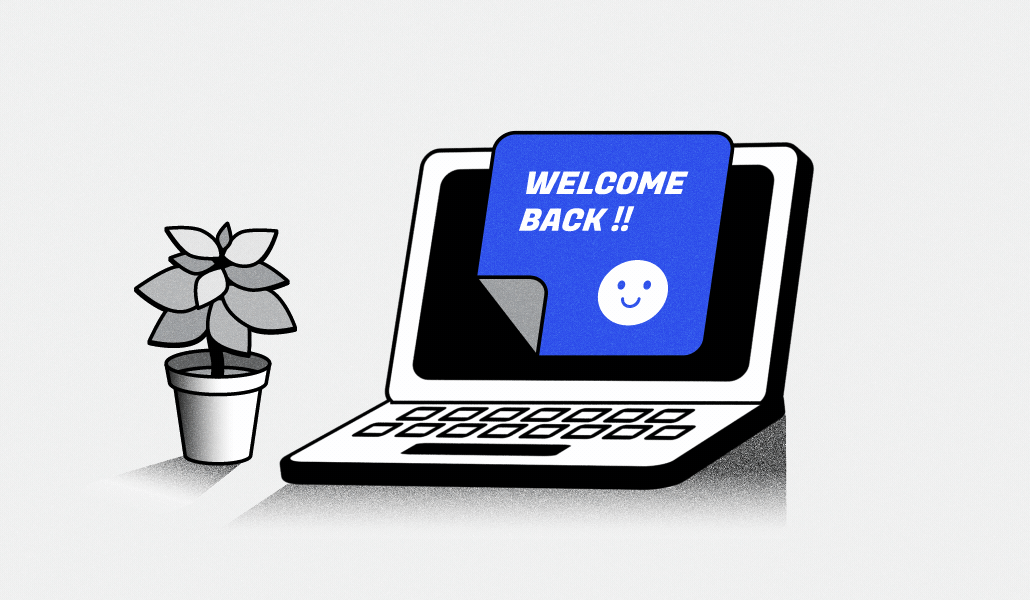As agency talent heads for the exits, some shops experience a boomerang effect

Sometimes it seems like ad agency staff rotate faster than a seasonal marketing campaign. In fact, turnover rates in the agency world can be as high as 30%, among the greatest of all industries — amounting to practically a brand new team every three years.
But as agency talent heads for the exits, another trend has emerged: the rise of the boomerang employee, those who left their creative jobs for supposedly greener pastures only to make their way back. And their reasons for doing so could hold the key to fixing what’s broken in agency retention.
“Agency life can be tough,” said Carly Sabourin, executive vp of sales and marketing at Think Shift, which does work for clients like Cargill, Corteva and Nutrien. After jumping ship for a client-side gig promising less stress, better pay and a fancier title, Sabourin came to realize she’d made a mistake.
“Although the position looked good from the outside, in reality it came with less flexibility, little room for growth — and frankly, it was a bit boring,” she said. The wake-up call was when her own kid told her, “Mom, I think you should go back to your old job.”
That story isn’t just a one-off. At Innocean, which does campaigns for brands like Hyundai, LG and Manscaped, boomerang staff have become something of a phenomenon, with 81 returns over the past two years, amounting to a 12% rehire rate.
What’s drawing them back? Nancy Ramirez, account management supervisor, says her departure was brief but eye-opening, as she quickly realized agency life was not so easy to replicate elsewhere. “The mix of culture, talent and aspirations to do great work was what I missed the most,” she said.
Her colleague, Steve Nishimura, chief digital officer, points to organizational clarity as his motivation. “It was really the renewed focus on the agency positioning and defining who we wanted to be,” he said.
For Bennett D. Benett, cultural strategy director for the U.S. at GUT, which does work for accounts including Coca-Cola, Corona and Under Armor, returning wasn’t initially in the cards. “I never considered myself someone who’d boomerang,” he said. “Once a chapter in my life has closed, I usually leave that door shut.” Yet here he is, back at the agency, where, he says, the team and culture allow him to have a hand in projects that shape its legacy.
Yet another ad person who returned to agency life is Kirstin Stahl, group creative director at Favorite Child, whose clients include Petco, Publix and Target and which is the design practice within Betty, a Quad agency. “After freelancing, I missed mentoring and was excited to get back to leading a team and building a culture of collaboration, creativity and inspiration,” she said.
Those homecomings are happening against a backdrop of big-time industry burnout. In a recent survey of 200 creative leaders, Superside, an AI-driven support platform for creative teams, found that three-quarters confessed to feeling spent, with about the same number saying their teams are likewise exhausted.
Creatives are clearly struggling with the way workflows are set up, with 4 in 5 people in Superside’s survey seeking to create bigger and bolder work but bogged down by time constraints and mundane tasks. Seven in 10 complain that they are handling work below their skill level. Just 13% of leaders who outsource talent report that those arrangements are working out well.
Meanwhile, 7 in 10 agency professionals believe their jobs are harder today than they were just two years ago, according to a survey from Basis Technologies, whose products automate digital media operations.
Technology is offering some relief. Virtually every creative leader polled by Superside said AI has served to speed up project turnarounds and improve design quality.
Still, tech alone isn’t likely to fix fundamental workplace issues, according to experts. Rather, an overhaul in the way day-to-day work gets done may be needed to turn things around.
For example, Fredrik Thomassen, founder and CEO of Superside, urges agencies to reimagine team structures and rethink relationships. In doing so, creative teams can function without sacrificing their well-being or creative potential, as he sees it – in other words, just the kind of environment people want to work in and, as the cases above illustrate, even return to.
“It’s clear that creative leaders are operating in a pressure cooker,” he said. “But there is a way out.”


